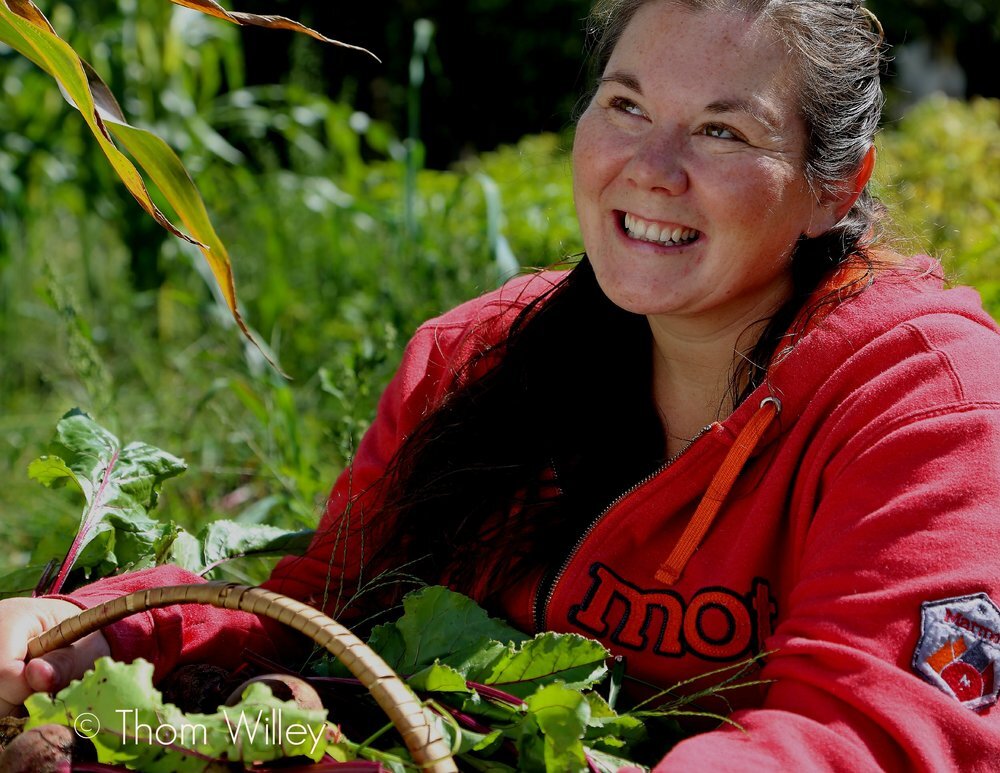This archive is primarily a list of all Abbe Museum exhibits, though we have included additional content wherever possible. Exhibits are organized alphabetically by title, though you may also browse by the closing date or any associated keywords using the search tools below. Don't see something that you're looking for? Get in touch with us at collections@abbemuseum.org.
A-C / D-F / G-J / K-M / N-P / Q-S / T-V / W-Z
During May 2014, an epic journey took place commemorating the travels of Henry David Thoreau and his Wabanaki Guide, Joe Polis, in the Maine Woods in July of 1857. This exhibit…
In this exhibit, you met Lucy Nicolar, a Penobscot performer known by her stage name, Princess Watahwaso, but affectionately referred to by everyone as Aunt Lu. Born in 1882 on Indian…
From baskets to beadwork, woodcarvings to birchbark canoes, tools or artwork, objects are an important expression of Wabanaki culture. Since the arrival of the first European explorers more than 400 years…
Visit the original Abbe Museum at Sieur de Monts Spring in Acadia National Park, built as a trailside museum in 1928. The exhibits focus on the archaeology of Maine and are…
This exhibit celebrated a uniquely Wabanaki art form, a centuries-old craft that has frequently been dismissed by museums and academics as not “traditionally” Wabanaki. Root clubs have been viewed by…
Four Directions of Wabanaki Basketry, located in our unique Circle of the Four Directions, offers a place of quiet reflection for visitors. The exhibit features a basket from each of the…
A vision by Penobscot artist and historian James Francis. This tribute to Mount Katahdin, through Penobscot histories and accounts of non-Native travelers and writers, uses images, music, stories, and the…
With the signing of the Maine Indian Claims Settlement Act in 1980, and later agreements, Maine distinguished itself from the rest of the Nation by establishing a unique relationship with the four…
Winner of a 2012 Leadership in History Award. Indians and Rusticators: Wabanakis and Summer Visitors on Mount Desert Island 1840s-1920s highlighted the role that Mount Desert Island (MDI) played in…
This important and enlightening exhibition from the Smithsonian Institution was about the intersection of American Indian and African American people and cultures. IndiVisible: African-Native American Lives in the Americas explored…
Kikehtahsuwiw is a story about several women in the Passamaquoddy Tribe, residing at both Motahkomikuk (Indian Township) and Sipayik (Pleasant Point). Each of these women shares a common goal: healing their…
According to Wabanaki oral histories, Kluskap–or Koluskap, Gluskap, Glooskap, and Gluskabe–made the world habitable for human beings and taught people to live wisely. Kluskap stories have been told and…
How did people live in the past? What can we know about their lives and history from the archaeological record? This exhibit followed archaeological research conducted by the Abbe Museum starting…
Many different types of images relating to Maine's Tribal History exist, which are seldom seen except by researchers and scholars In the field. In addition, the general public is seldom given…
Native Americans have lived on Meddybemps Lake at its outlet to the Dennys River for at least 8,600 years. The Passamaquoddy people have named this site N'tolonapemk, which in Passamaquoddy means…
For generations, Native American traditional artists in the Northeast have passed on their culture through beadwork, basketry, birchbark, and woodcarving. Organized and curated by Kathleen Mundell, this traveling exhibition sponsored by…
People of the First Light, the Abbe Museum's core exhibit, introduces visitors to the Wabanaki universe, engaging them with the culture and history of a people that is unfamiliar to many…
This exhibit is the latest collaboration between Wabanaki community members and the Abbe Museum. It is presented from a first-person perspective, with Mi’kmaq artisans and culture keepers sharing their experiences…
In 1613, a small group of French Jesuits, sailors and settlers arrived at Mount Desert Island, looking for a place to establish a mission and build trade relations with the Wabanaki…
Native Americans have lived in Maine for thousands of years. Their story begins today and extends back, some say, to time immemorial. Much of their history is based on oral tradition…
Transcending Traditions featured five contemporary Maine Indian basketmakers representing the next generation: Jeremy Frey, Ganessa (Bryant) Frey, Sarah Sockbeson, Geo Neptune, and Eric “Otter” Bacon. This project explored the new directions…
Throughout North America, Native people balance the importance of tribal identity and knowledge with the non-Native communities that surround them. Art serves as one means of survival, expressing a wide…
The “Micmac Indian Craftsmen” were the first modern Indigenous artists in Atlantic Canada and developed an international following almost overnight. Their work was inspired by traditional Wabanaki stories, and their visual…
Wabanaki Guides focused on the legacy of Wabanaki people serving as guides for European and American explorers, cartographers, tourists and artists from the 1600s to the present. Visitors were invited along…
A collaboration of Maine Indian Education and the Abbe Museum. The annual Waponahki Student Art Show brings together a wonderful variety of art created by Passamaquoddy, Penobscot, Maliseet, and Micmac students…
This exhibit, a collaboration between Maritime Indigenous Artists, Inc. (MIA) and the Abbe Museum, explored the protection of waters sacred to the Wabanaki and the conservation of sea life living in…
In affiliation with the Smithsonian Institution. This exhibit, a partnership with the Indian Township School, includes students from other Wabanaki communities and promotes increased interest, awareness, and knowledge of astronomy content…
































